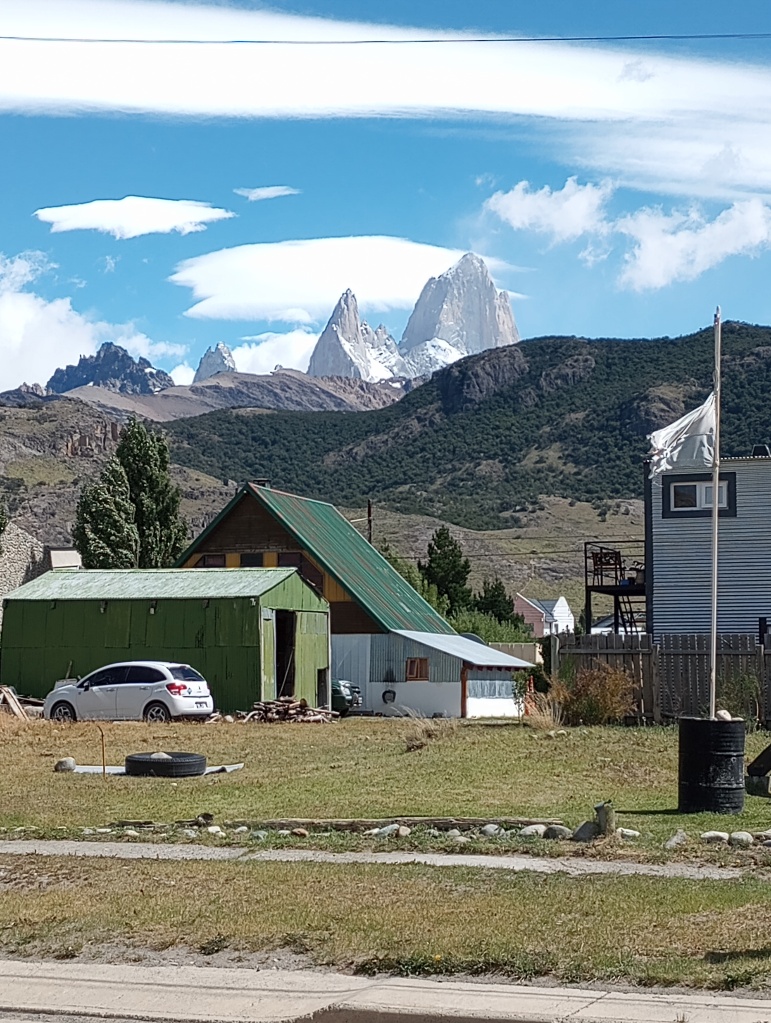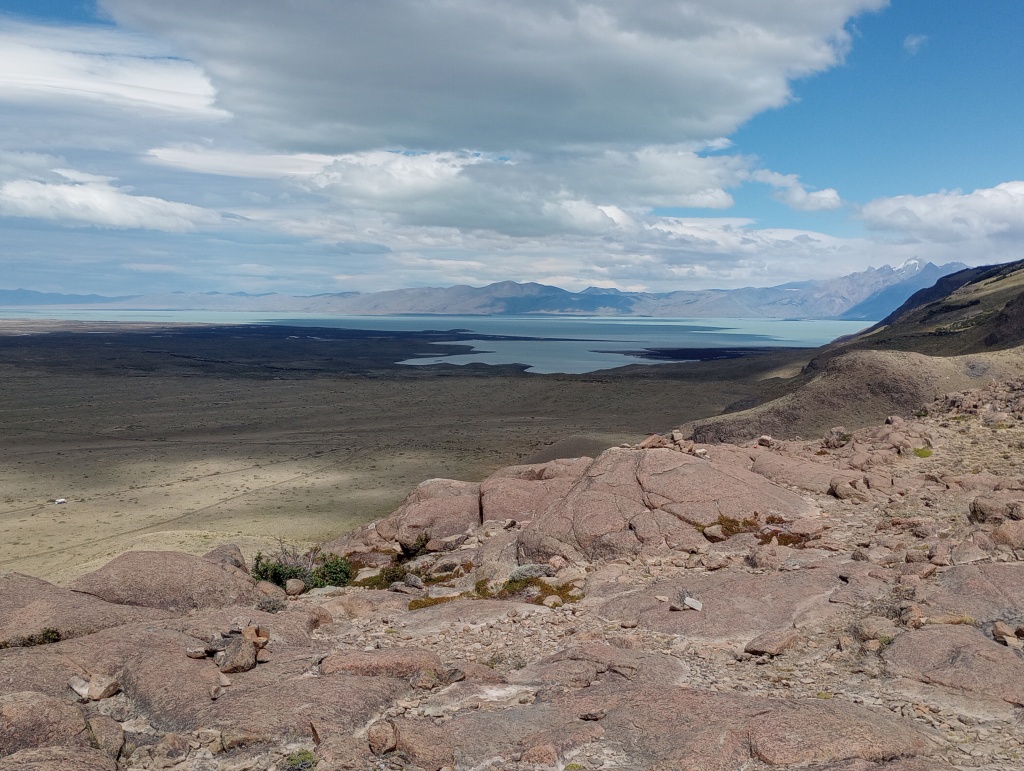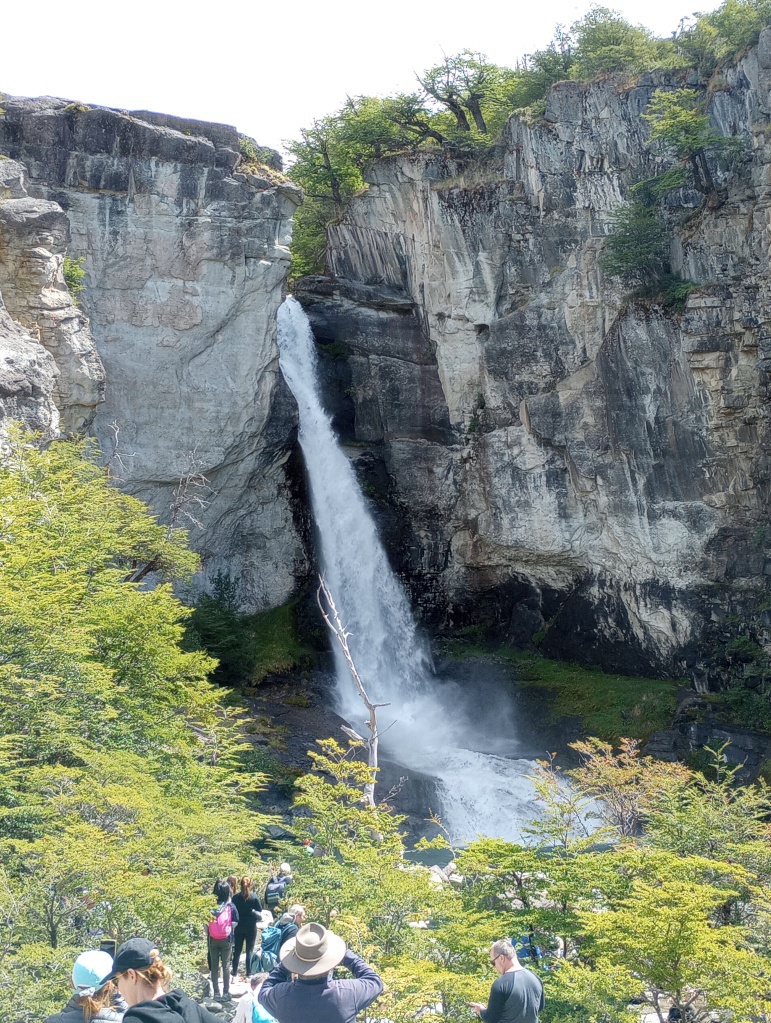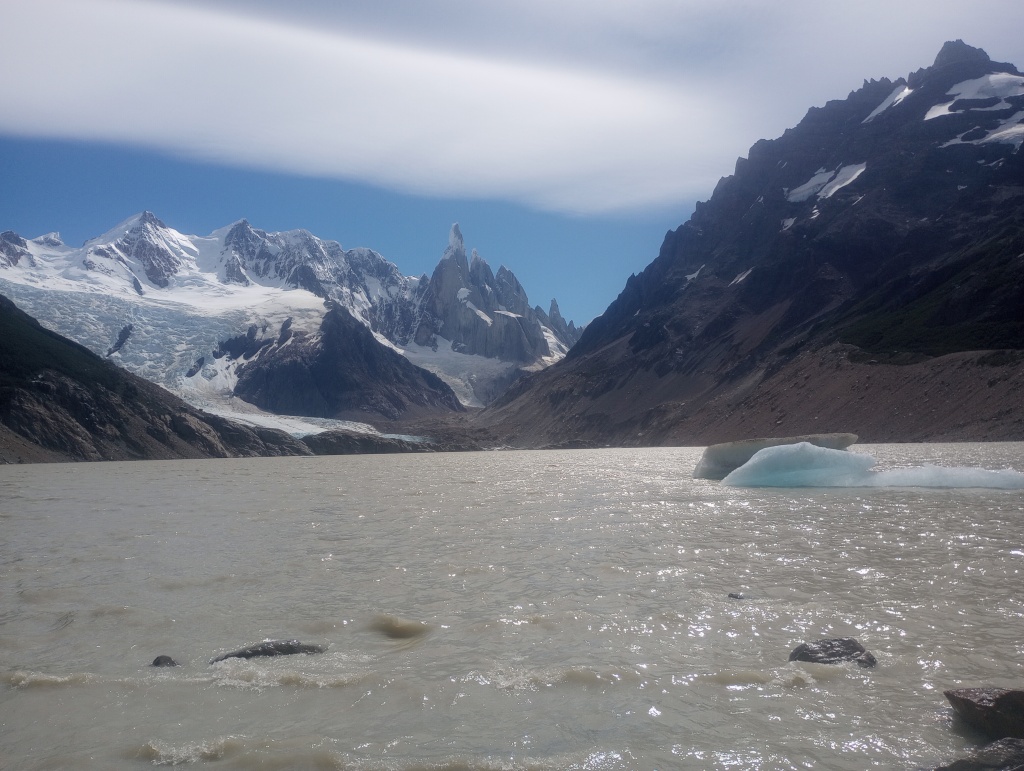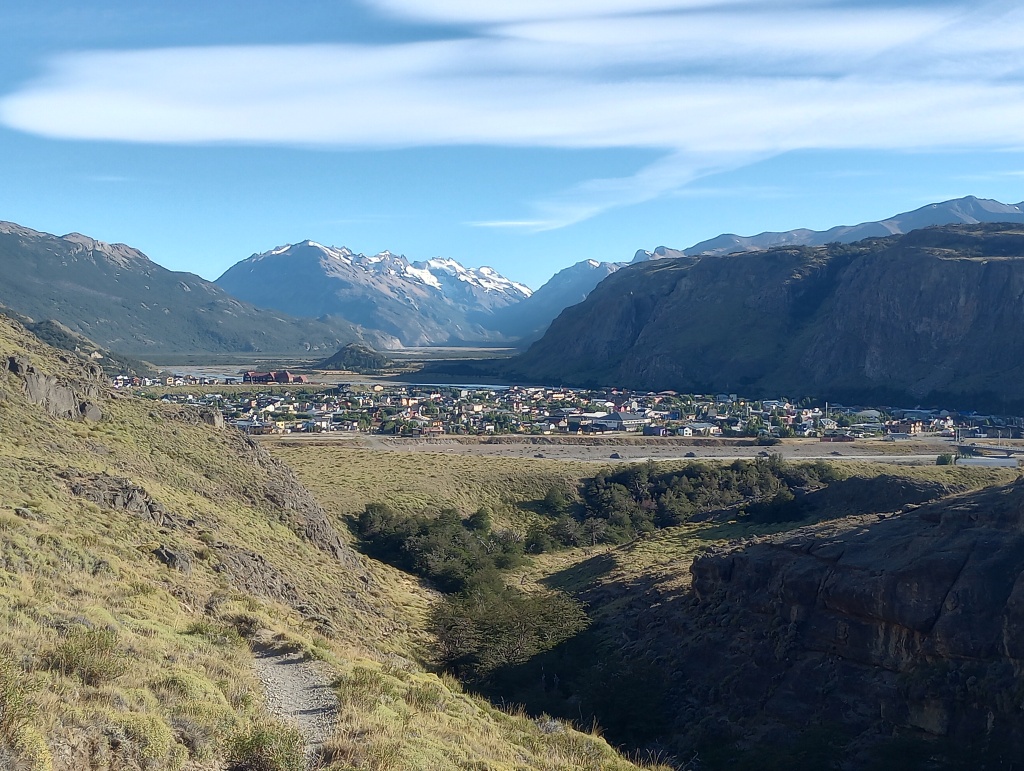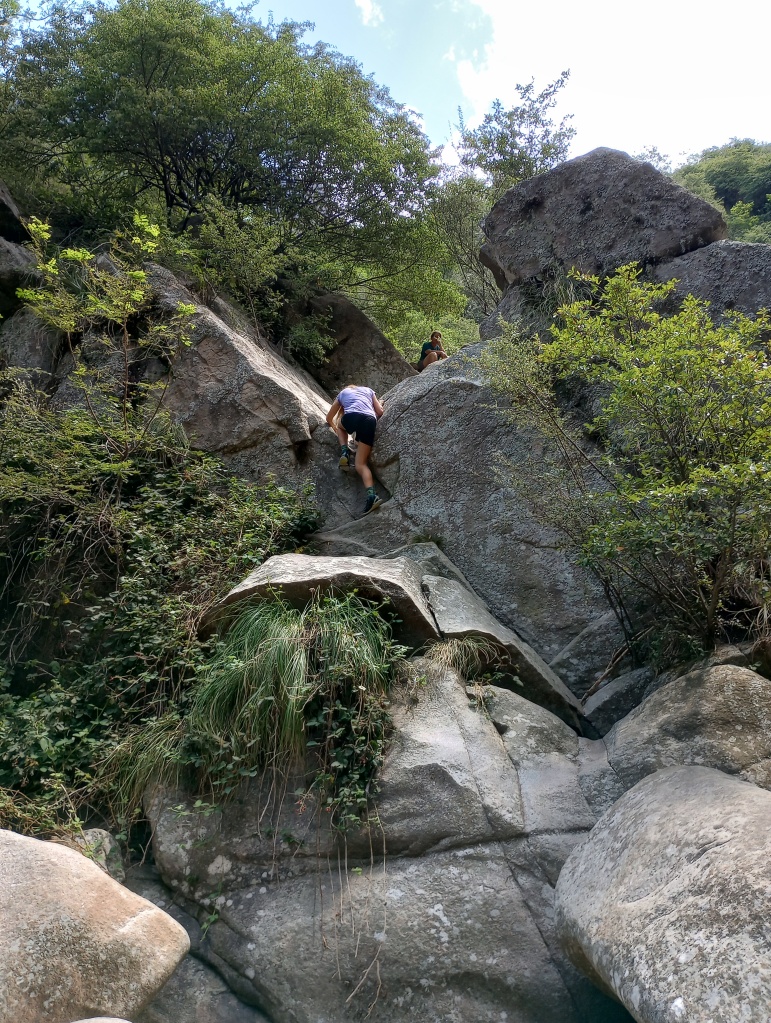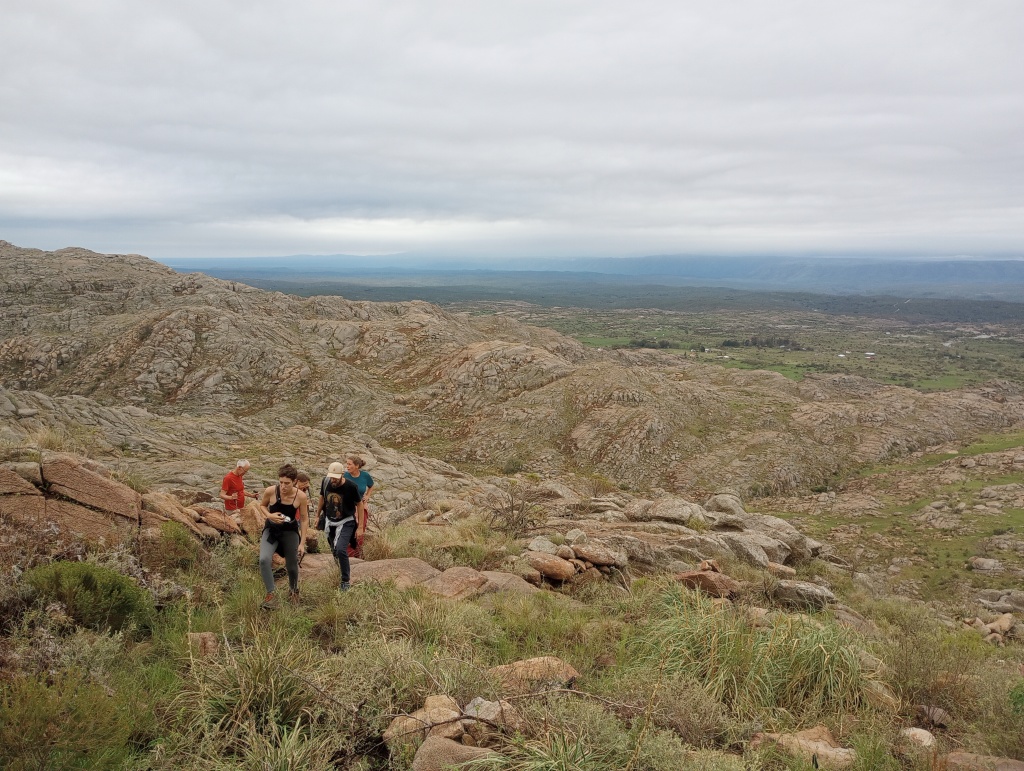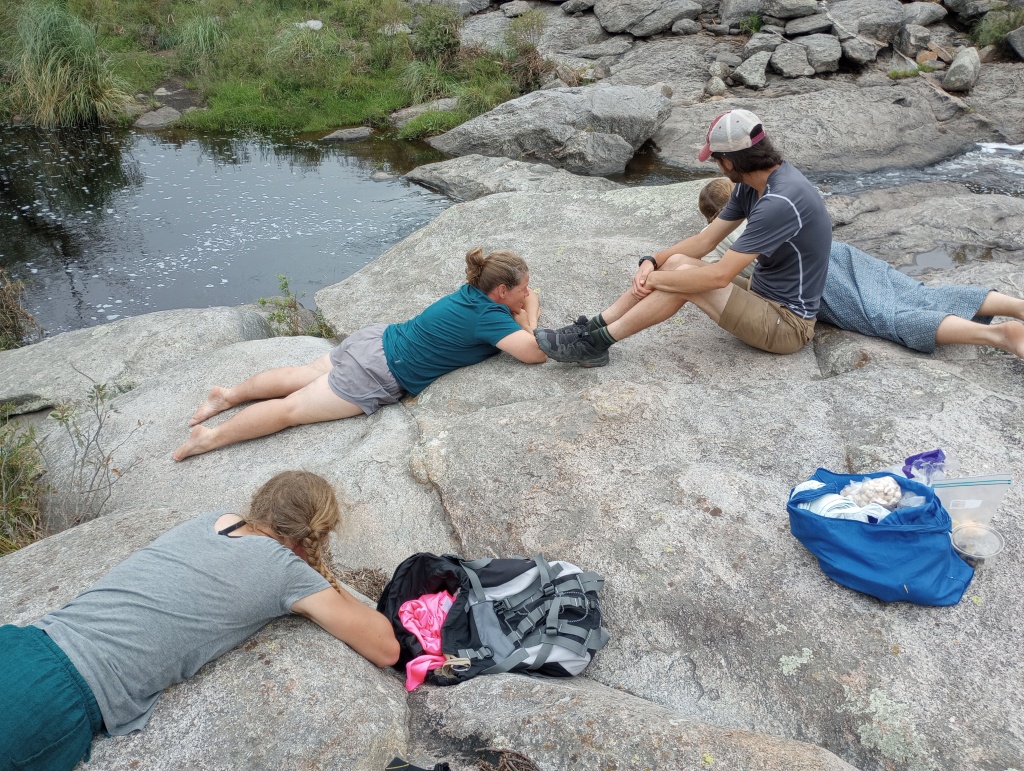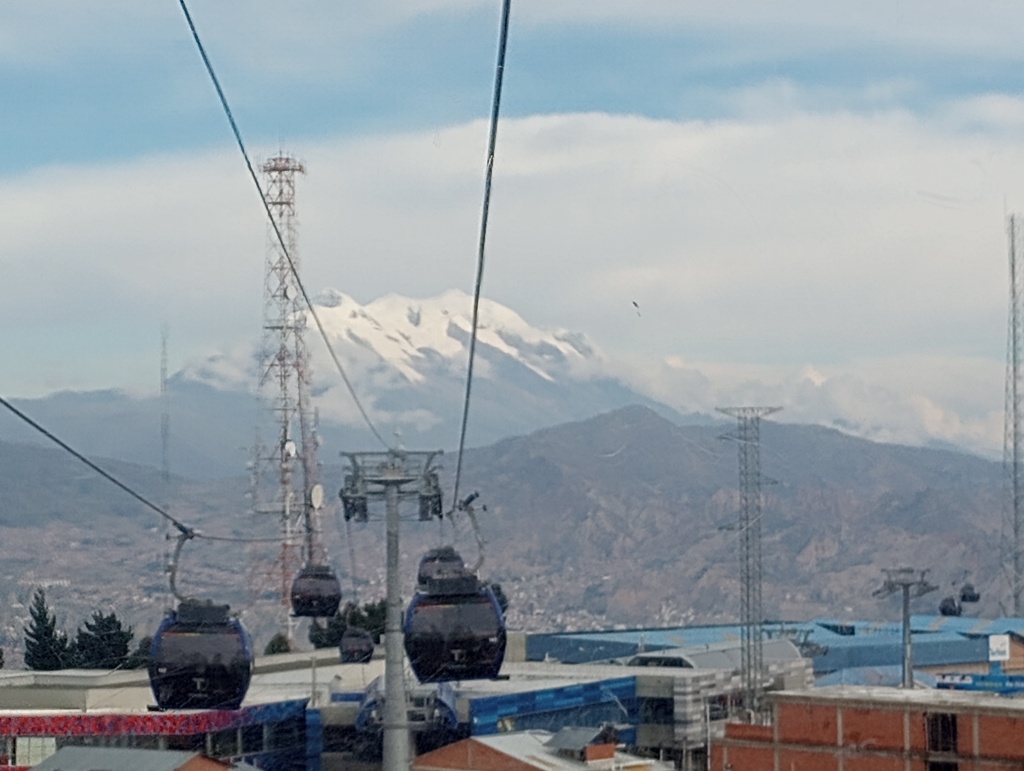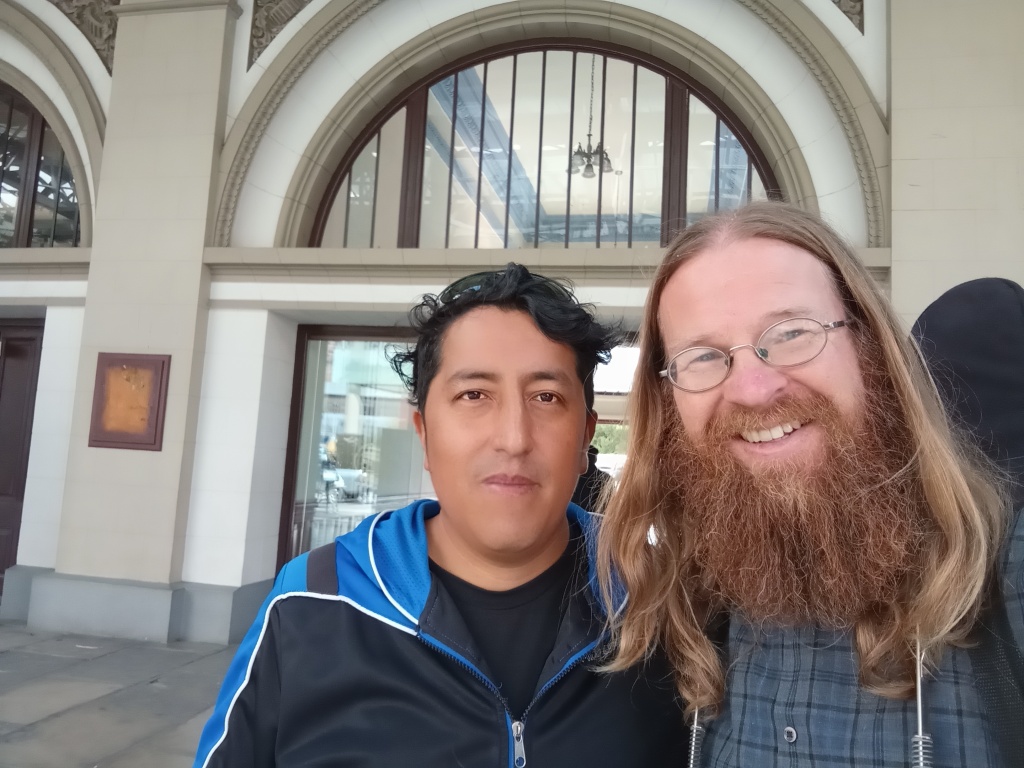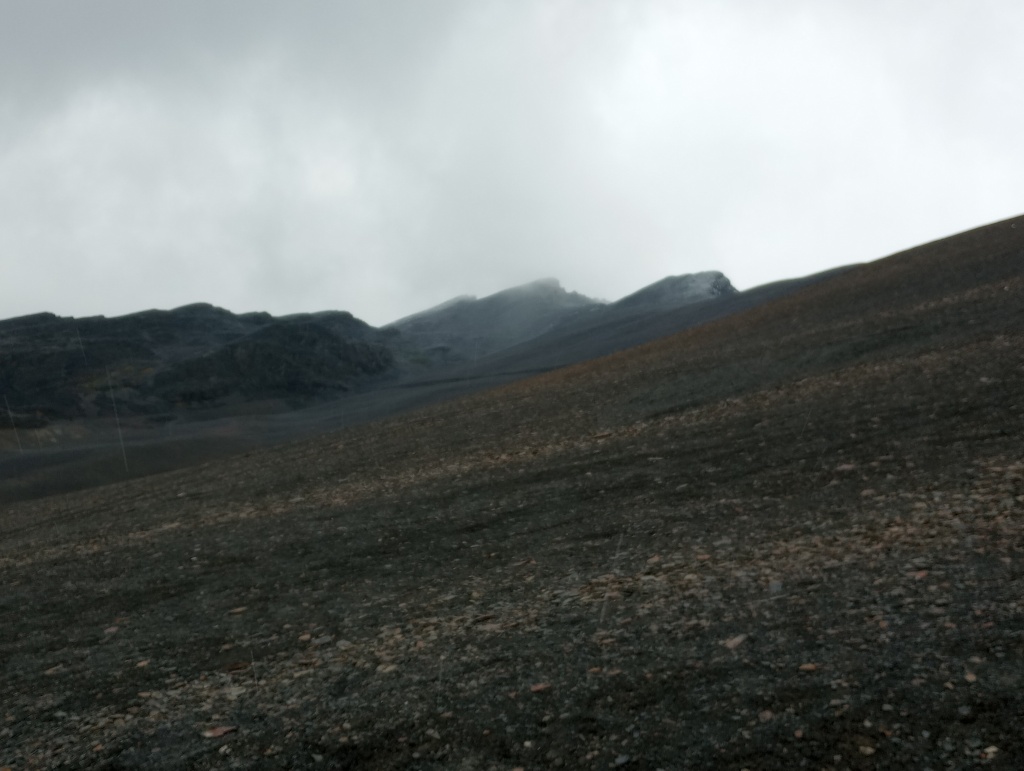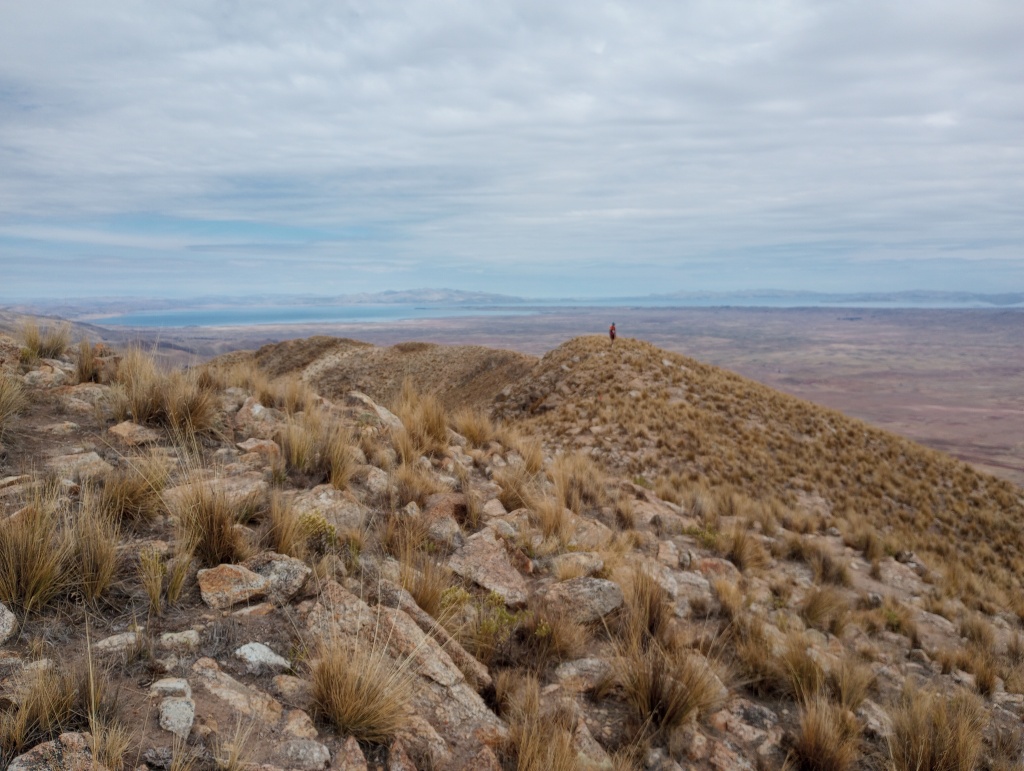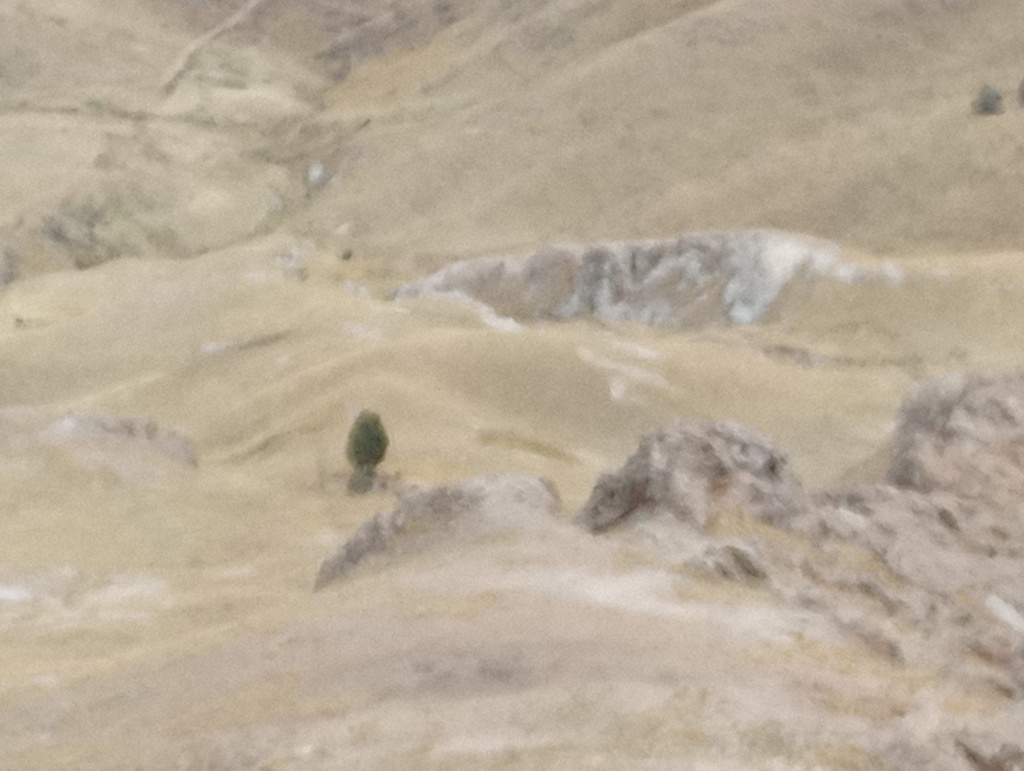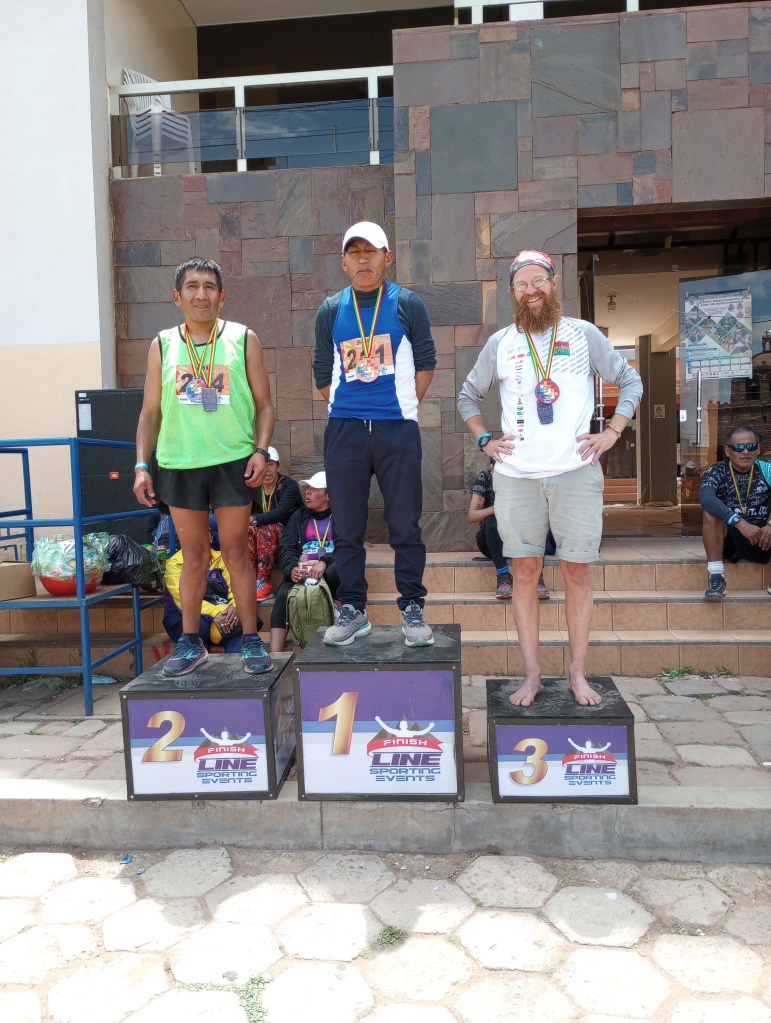A Zeke adventure 🙂
A couple days ago, I did a 22.7 mile loop starting and ending in Ollantaytambo. I started out of town, across the bridge over the river, and out the road that heads in the direction of the Cerveceria del Valle Sagrado. After not long, I peeled off, up a little trail that steadily climbs the mountain. I did this first part a couple weeks ago, in my first attempt at the loop, but I got tired and ran out of time. This time I had left at six am, giving myself a turnaround time at around 12, so I would have up to 12 hours to do the loop if I needed it. My trail continued up, fairly nice and clear early on, but soon I was pushing through wildflowers that had overgrown the trail. Most of the ascent was like this– a fairly narrow trail with dense wildflowers overgrowing it from the uphill side, and occasionally both sides. I took a few breaks, but kept up a decent pace.
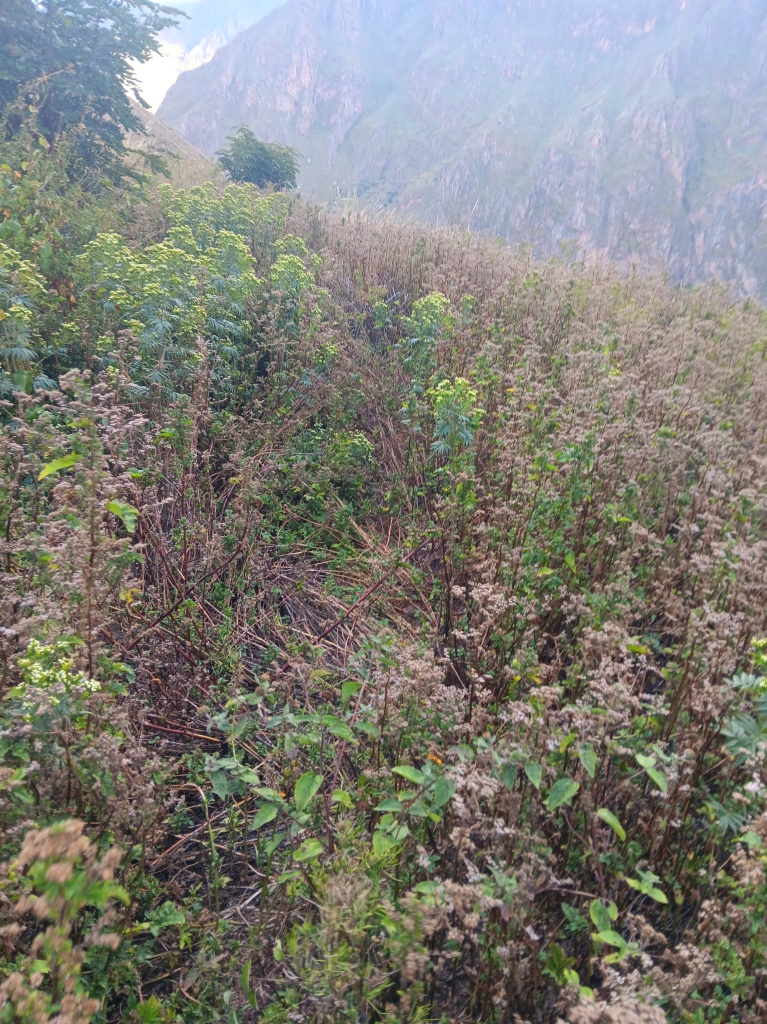

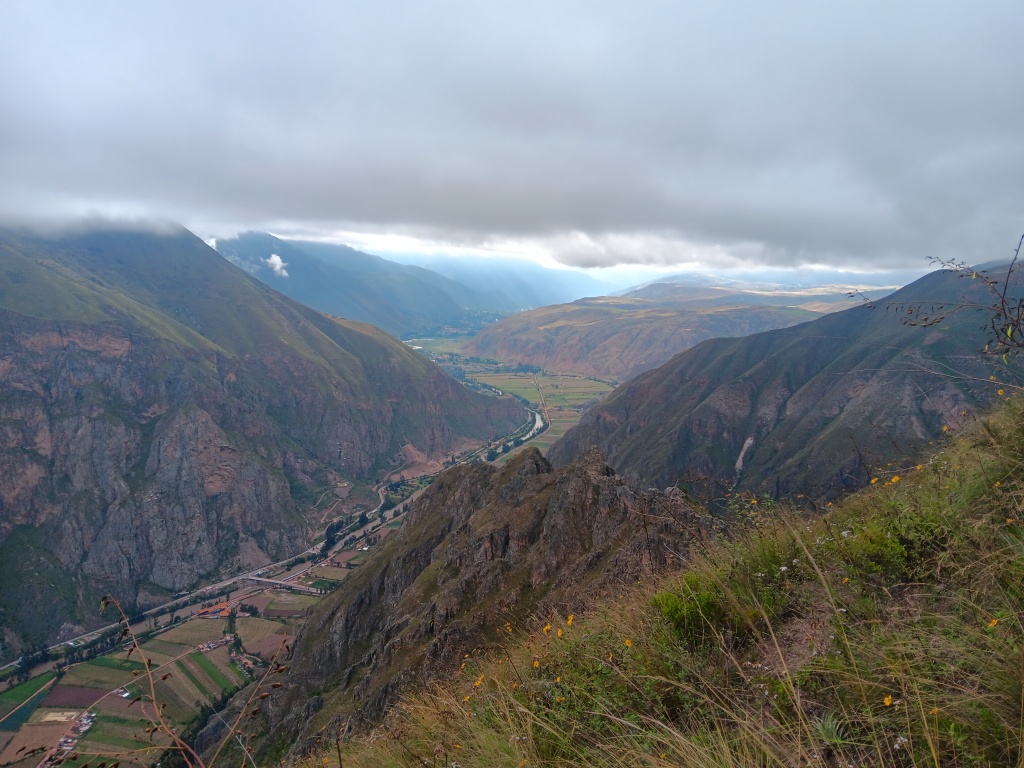
The trail eventually rounded the corner of the mountain, taking me away from the central valley and up another one, then gradually turning to enter an even smaller valley. In my first attempt, I had descended down all the way into the valley, before ascending to a waterfall on the way, and was planning to do the same. A little bit after a trail split, I ran into two campesino (country, rural) men, and they told me in mixed Spanish and Quechua that it would save me a lot of up and down to take the old Inca trail, which ran higher up the valley and didn’t descend down into it. I had missed the turnoff for this trail, so I hiked back up for a little with them, before they pointed out a small path that would connect up to the Inca trail.

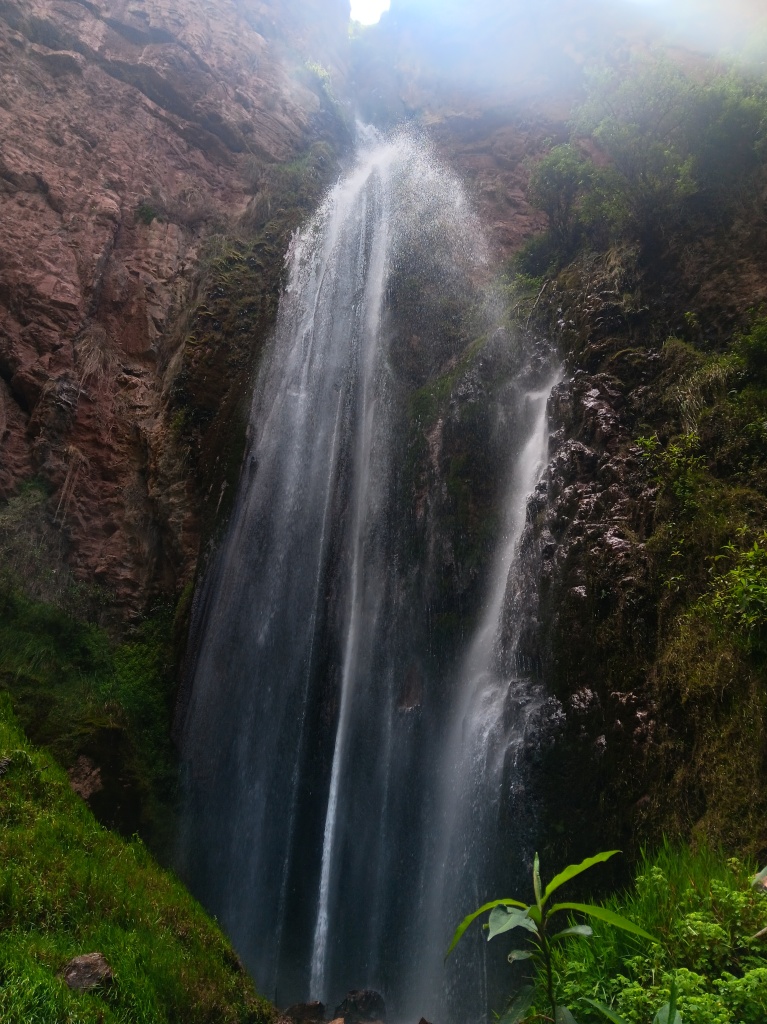
I took it, which ended up being part walking, part scrambling, and soon reached the Inca trail. On my map the path didn’t go through, but I trusted the locals more than my map. The trail quickly deteriorated, though it was clear that the trail had once been fairly wide and well maintained, as it was built up in places with old stonework. I soon began to see a rocky ridge that would be difficult to get over, but followed the path until I reached it. Old stairs went up a natural slant, but they were blocked at the bottom by a dry bramble. Dry brambles are often used to signify closed trails, but this one was unclear whether it was there intentionally or not, so I tentatively picked my way over and started up the stairs.The stairway was short, but with a cliff going up on one side and a dropoff on the other I took it slowly. I paused at the top, where there was a small flat spot to assess whether to continue, and decided to try, but fully prepared to turn back should it feel too dangerous. The trail was narrow, with some scree and angled slightly towards the dropoff, but I managed to take it to more level ground.
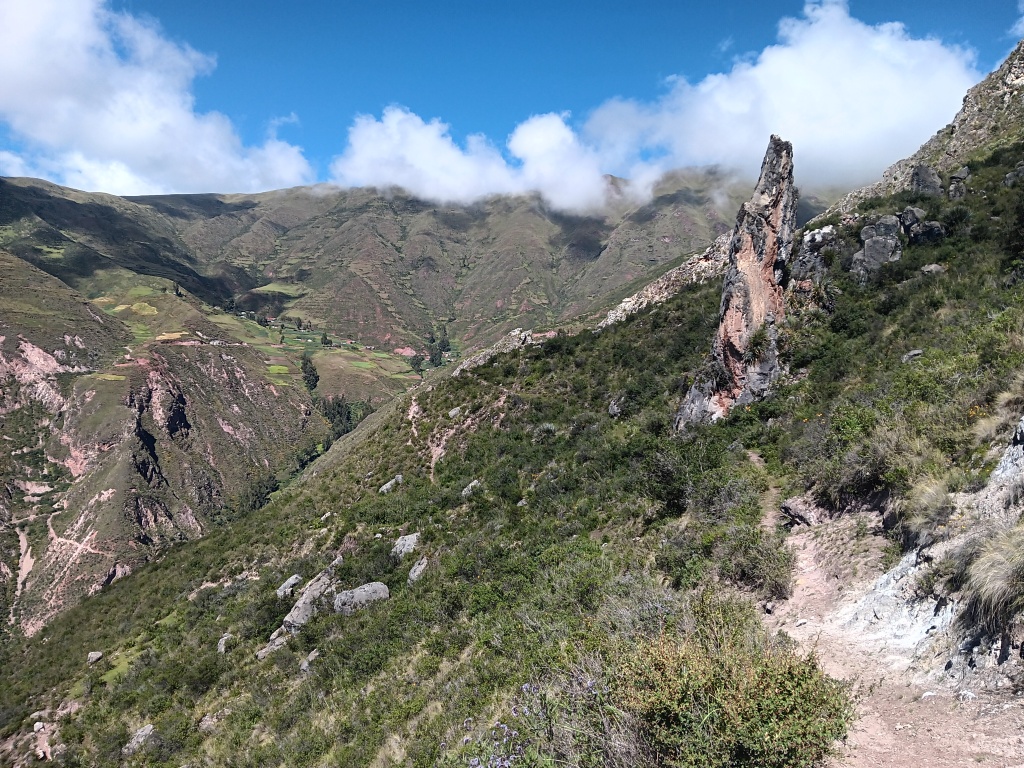




After a short period of fairly easy sailing, I reached a split in the trail, with one branch seeming to go downhill, and the other staying fairly level. I first decided to try the level trail, but turned back when it deteriorated to the level of being difficult to find/follow. I turned back, and tried the lower trail, but it seemed to be in similar condition. I paused to decide what to do, close to turning back, but I decided to try the upper trail one more time. This time I made it to the second rocky ridge, which was much easier to cross, and reconnected with the lower trail on a small connector. The lower trail seemed much more dominant after this ridge, so I took it towards Perolniyoq, the ruins above Soqma. As I approached slowly, picking my way through thorny brush, a (the?) worker at the ruins spotted me, and seemed to me hanging around where my trail would come out, and I began to worry that maybe I wasn’t allowed to be on this trail, or there would be problems with entering the ruins from behind. When I finally arrived, my doubts were proven false, as he was super friendly, and told me the directions I would need to go to take the trail, as well as that there was a group ahead of me that was doing the loop over a few days, so I might run into them (I’m pretty sure that the tourist trips start in Soqma, doing a slightly shorter loop). I thanked him, and continued on, enjoying my moment of flat ground before I would continue uphill. The next section of climb started tame at first, but soon got steeper. Right before it got steeper I stopped to take a break and check my map. I figured out I had about a mile and a half more of steep uphill, with over 1,000 ft of elevation gain, but then I would be on mostly rolling flat and downhill for the rest of the hike.
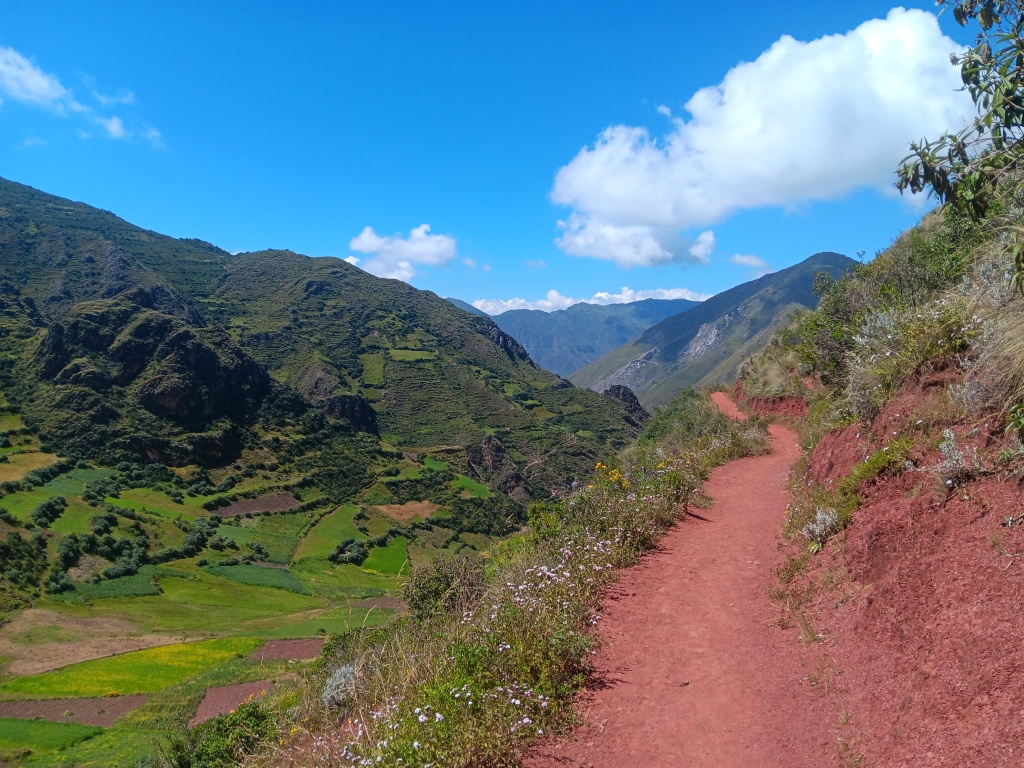

Already at 13,200 feet, the altitude was affecting me, but I decided I wouldn’t take a sit-down break until I was at the top. A mile later, I broke this promise, plopping down for a drink of water and a snack. I checked my map again, and was less than a half mile away from the top, and made another promise to not stop till I reached the top. This was broken a quarter mile later, when I sat again for more water and to catch my breath. This last half mile from the first break to the top may have been the single hardest half mile I have ever hiked– not purely from the steepness of the trail, but also because of the altitude, and having already climbed over 5,000 feet. When I finally reached the top, a magnificent view of the glacier topped mountains came into view, and I was very happy and relieved. My turnaround time was 12:00 noon, and at that time I was taking my last break before the top, but I decided that the descent on more traveled trails would likely be much faster, so I could push that back a little. I reached the top at 12:15, and after a brief pause to take in the view, started quickly descending the trail on the other side.

Due in part to looking at the mountains, and also being relieved and excited, I wasn’t paying too much attention to the wide grassy trail. Less than five minutes after crossing the pass, I rolled my ankle and fell, staying down for a couple of minutes to make sure I was alright. I ate a hard-boiled egg, and then kept going, still quickly but more carefully. I soon got a glimpse of Ollanta, and even our rental property far far below, as the trail started crossing the valley side of the ridge. The trail eventually switched to the other side of the ridge, providing stunning views of large red rock mountains/formations, which my crappy phone camera failed to capture wholly. The trail was rolling, but the hills were short and gentle, so I made good time through this section– until it sharply turned uphill. Though the hill wasn’t too long or steep, it was very slow and tough, both with the high altitude and the fairly shot leg muscles. I decided however to do an extra 100 meters of gentle climb to reach the top of Yana Urqu, a large rock formation/mountain that towers above the sacred valley and the Intipunku (the second destination on my loop).

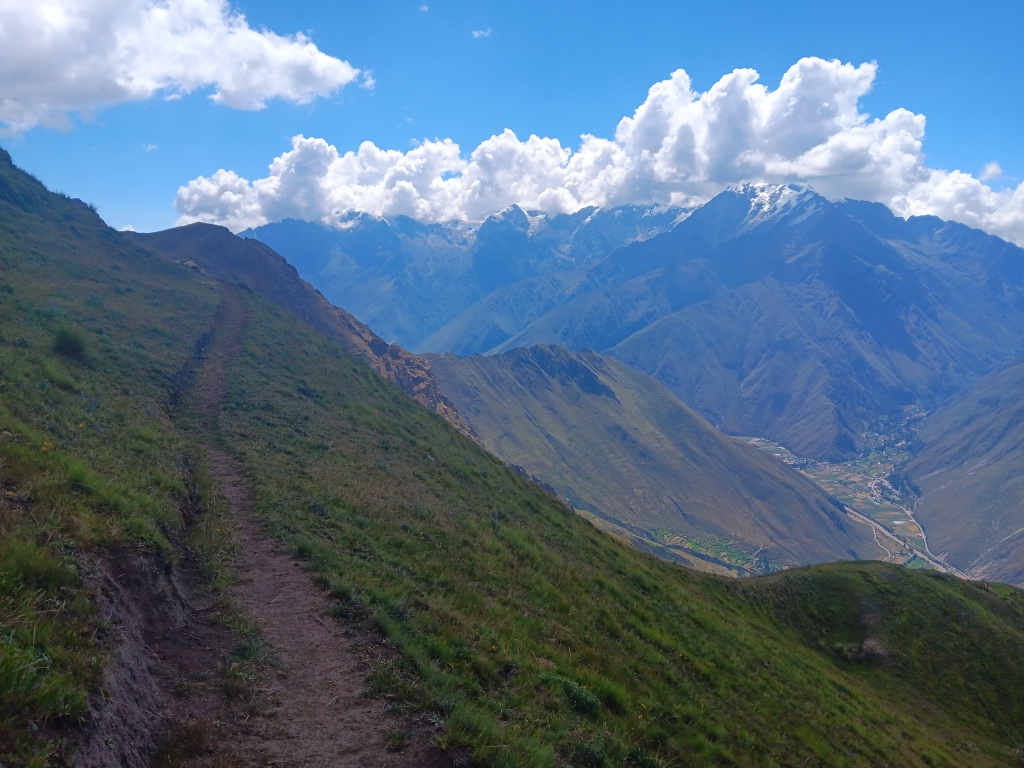



After taking a break up top, I started my descent, which started with many switchbacks on a scree-filled trail. It may be less, but it felt like at least 50 short switchbacks. As I descended, a cloud came overhead, and started spitting rain and sleet, but I didn’t stop for a raincoat, anticipating the storm to be short and not wanting to get caught on the switchbacks if the ground got muddy and even more slippery. At this point I could see the group that the guard at the Soqma ruins had mentioned in the distance. As I finally approached the Intipunku, a rainbow appeared below and to my right, almost like a celebration of me having made it. I caught the other group at the Intipunku, and talked some, as well as taking their picture before moving on. There were two guides from Cusco, and the foreigners were from North Carolina, Tennessee, and I never heard where the third guy was from.



Going downhill was nice, and I was going pretty quickly, happy to be in familiar territory and definitely smelling the barn. Every uphill, or even extended flat section was very tough, killing momentum and making me want to stop, but I pressed on, wanting to be home. Re-entering town on foot, there is a series of 3 switchbacks to get you up from the bridge to the level of the town. These aren’t steep, or long, and I never considered them even an inconvenience before, but they were so very long and difficult, and I had to work hard to resist the urge to sit on one of the benches at the top.The gentle uphill of town was slow, but made easier by knowing I would very soon be back home. I finally arrived home a little before 5, almost 11 hours after I had left. In all, I did over 6,700 feet of elevation gain, and 22.7 miles. I arrived home thoroughly tired and achy. I can definitely say that this was the most physically challenging hike I’ve done so far, and I don’t know when the last time I was this tired was.





















